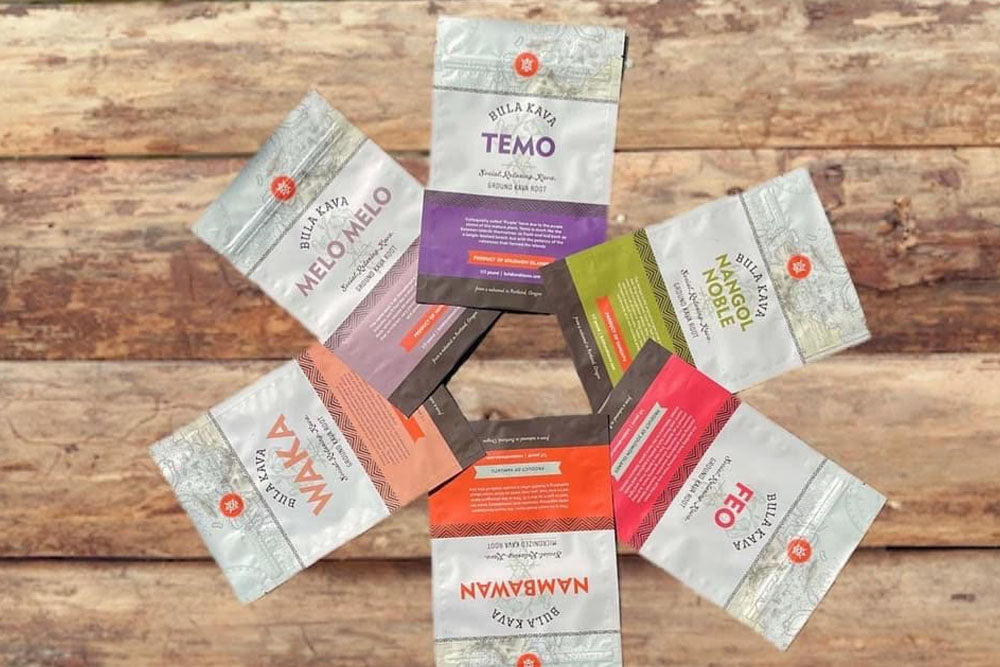
When you buy kava online from Bula, you can feel confident knowing that we rigorously test every batch of kava that we sell. We do this to protect our customers and the farmers whose kava we purchase. Kava always varies in strength and quality, but it should never present a health risk to anyone, so testing is essential.
As a consumer, you need to understand the different varieties so that you know what to expect from your purchase when you buy kava online. There are an estimated 80 different varieties of kava in Vanuatu alone. Fiji, Tonga, Hawaii, and the Solomon Islands also feature their own unique types of kava. Determining one from another can cause confusion for the uninitiated, especially if buying from a less than reputable retailer.
Let’s look at the basics you need to know before buying kava online.
What are the Different Kava Varieties?
You can break down kava varieties into three basic types:
- Noble kava
- Tudei (or two-day) kava
- Wild kava
Noble kava is the highest standard you can buy, and what most people drink on a daily basis. This makes noble kava strains the most commercially sought-after kava on the market. Noble kavas are always tested for toxins and impurities, making them generally safe to purchase. However, consumers need to trust where they buy kava to feel confident that they get what they paid for.
Tudei, or two-day, are a series of potent kava varieties that are less commonly used than noble kavas. The name comes from this kava’s reputation as strong enough to last for up to 48 hours. Regulations exist in Vanuatu prohibiting the misrepresentation and sale of tudei as noble kava. With the demand for noble far outpacing the demand for tudei, you don’t often find this kava for sale as commonly in the U.S. as most farmers elect to grow a dependable cash crop of noble instead.
Wild kava is far inferior to either noble or tudei varieties, and you won’t find it for sale commercially. Wild kava isn’t tested for impurities or toxins and shouldn’t be considered safe to consume. No one drinks this type of kava, even in kava-growing regions like Vanuatu or Fiji.
What Impacts Kava Quality?
Several factors will impact the quality of kava, including:
- The type of kava
- The age of the kava when harvested
- How the kava is cultivated
- The geographic region where the kava is grown
- How the kava is processed
The potency of a kava variety depends on the kavalactone content. Kavalactones provide potency to kava in a manner similar to the proof of alcohol or the THC percentage of marijuana. The kavalactones in different kava varieties provide the potency, making some types stronger than others.
The longer a kava plant matures, the more potent the plant is when harvested. Ideally, a kava plant isn’t harvested until three to five years after planting. This provides the plant with plenty of time to fully mature so that it produces the type of potency consumers desire. Unfortunately, the ongoing kava shortage has enticed some farmers to harvest their crops early to meet the market’s demands. At Bula, we try to only buy kava from farmers we know for sure only harvest mature kava that’s ready to drink.
How and where kava is grown also determines some of the plant’s characteristics. Kava aficionados will tell you they can differentiate kavas grown in Vanuatu from those grown in Fiji or Tonga. Like grapes used in the production of wine, kava takes on the characteristics of the soil, climate, and seasonal conditions under which it is grown. This can significantly change the taste and the potency of kava from region to region.
